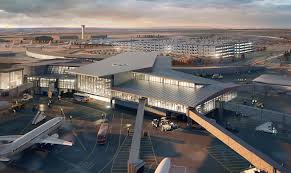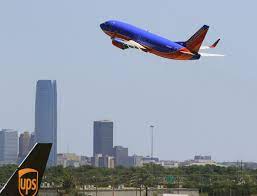
Thanks to the development of COVID-19 vaccines during the Trump administration’s Operation Warp Speed, the U.S. is coming out of restrictions that resulted in lockdowns throughout the country.
It’s displayed by a recent increase in the number of air travel passengers which might also indicate a near-term increase in jet fuel demand reported the Energy Information Administration. That would include air travel out of airports in Oklahoma City and Tulsa.
Jet fuel demand had been at historic lows since April 2020 but the EIA’s Weekly Petroleum Status Report showed the four-week average consumption of jet fuel from April 9, 2021, through the most recent data (as of April 23, 2021) was more than 1.2 million barrels per day (b/d).

This level of consumption was nearly 200,000 b/d higher than the four-week average that ended on March 26, 2021. To calculate jet fuel consumption, we use product supplied as a proxy for consumption.
U.S. jet fuel consumption decreased in 2020 because of global travel limitations in response to the COVID-19 pandemic, which resulted in significantly less air travel demand in 2020 compared with the shorter and smaller decrease following the 9/11 terrorist attacks in 2001.
In March 2021, the number of passengers processed by the U.S. Transportation Security Administration (TSA) averaged 1.2 million per day, the most in any month since the onset of the COVID-19 pandemic in spring 2020. In April 2020, air travel substantially declined in the United States, and TSA passenger numbers fell to 100,000 passengers per day. By April 2021, TSA passenger numbers had increased to an average of 1.4 million per day (as of April 26).
Source: EIA press release





